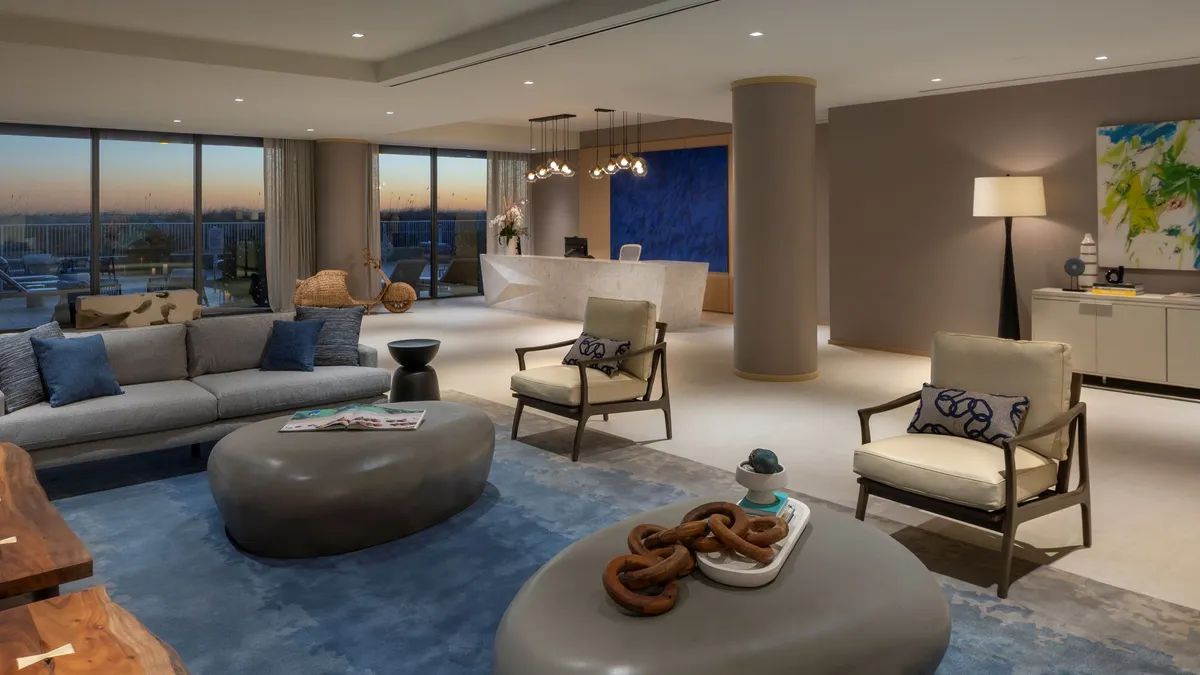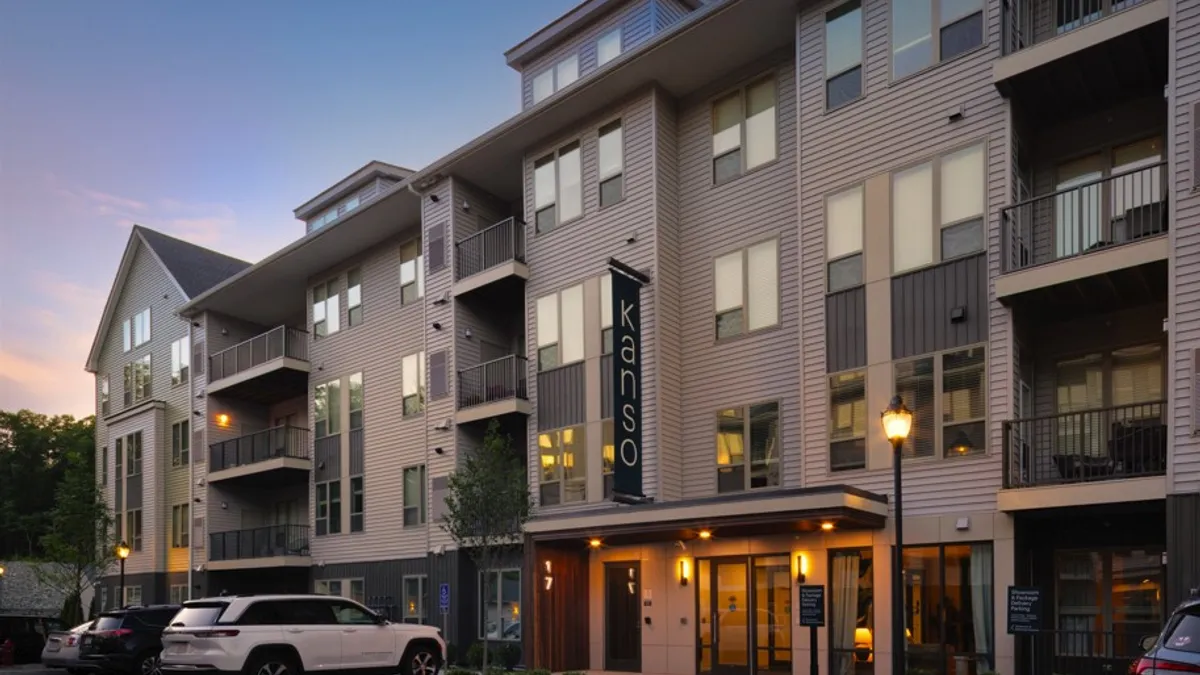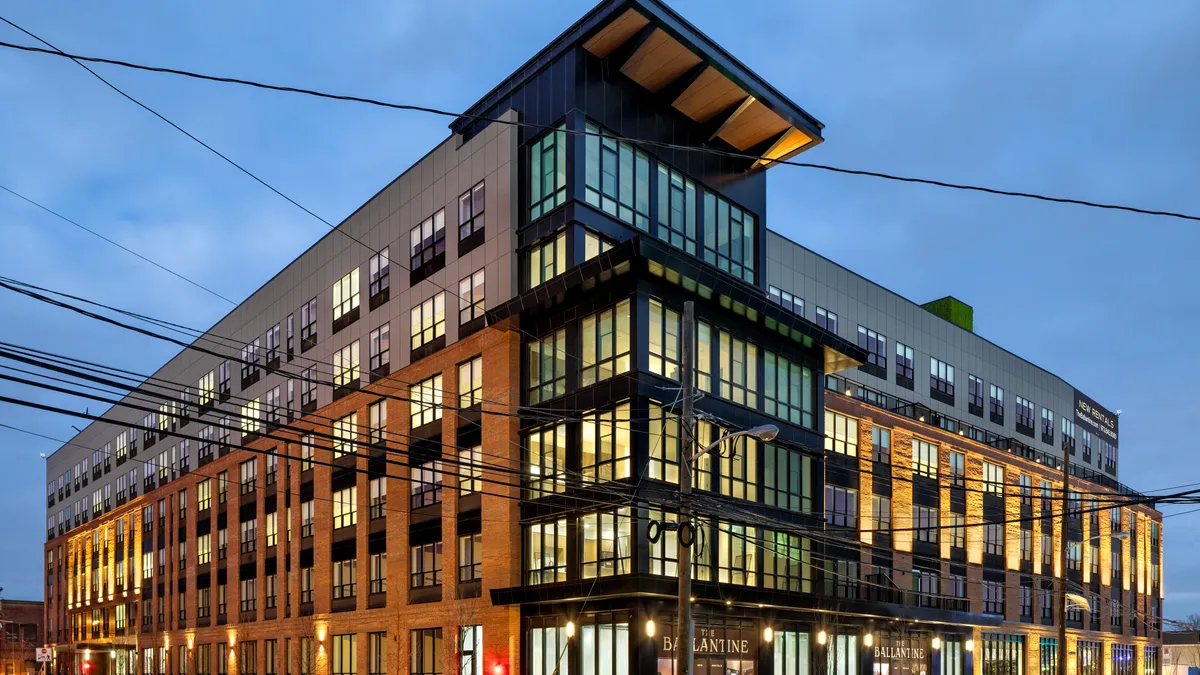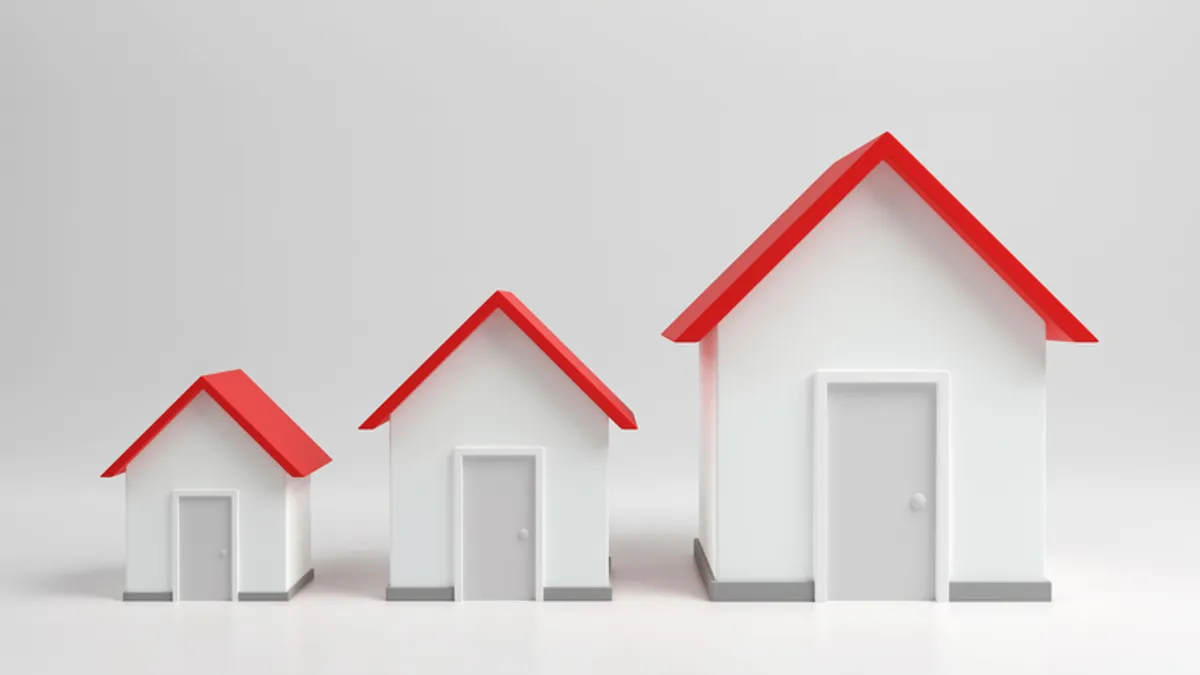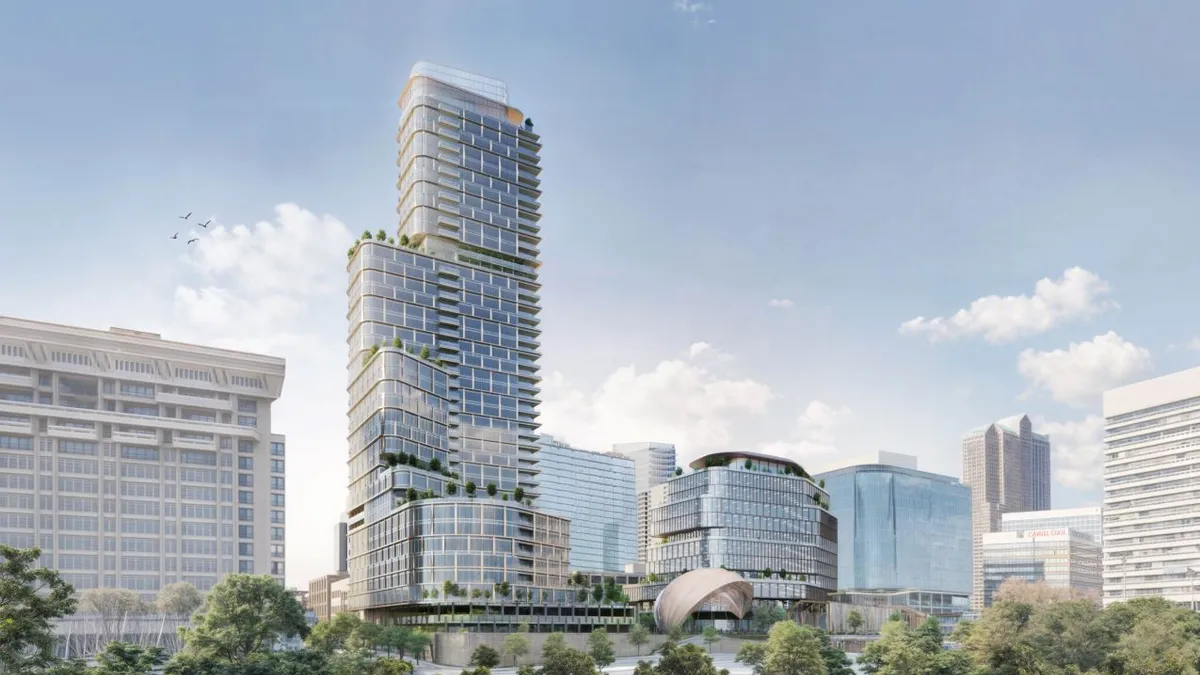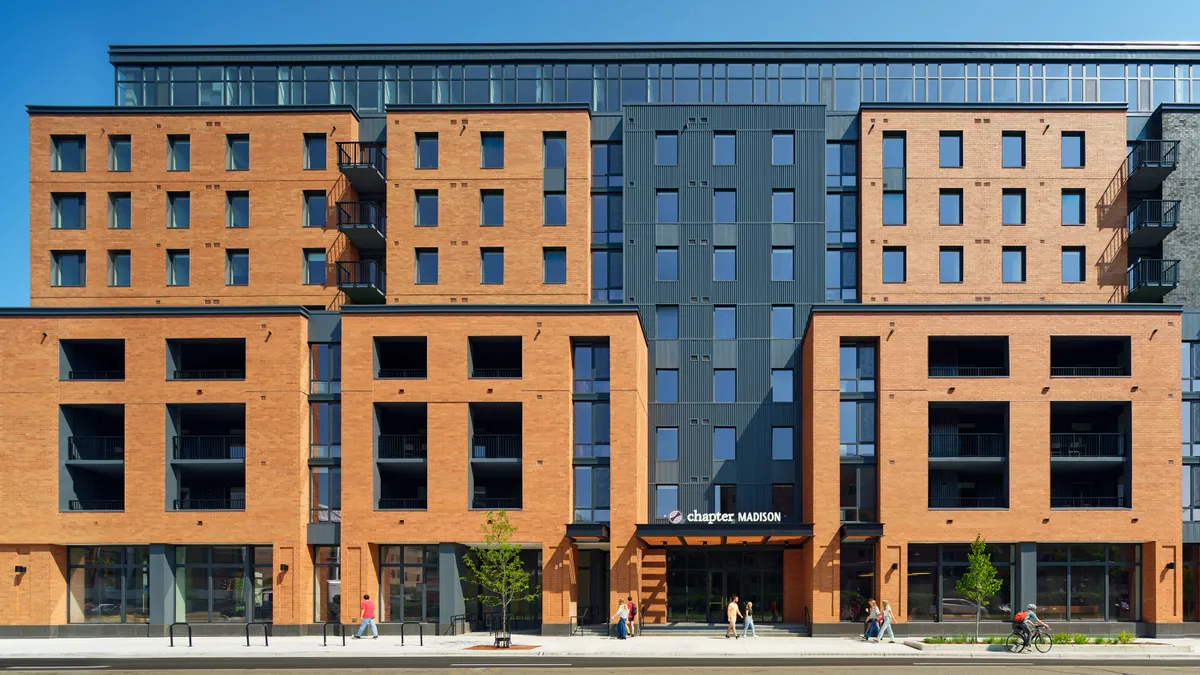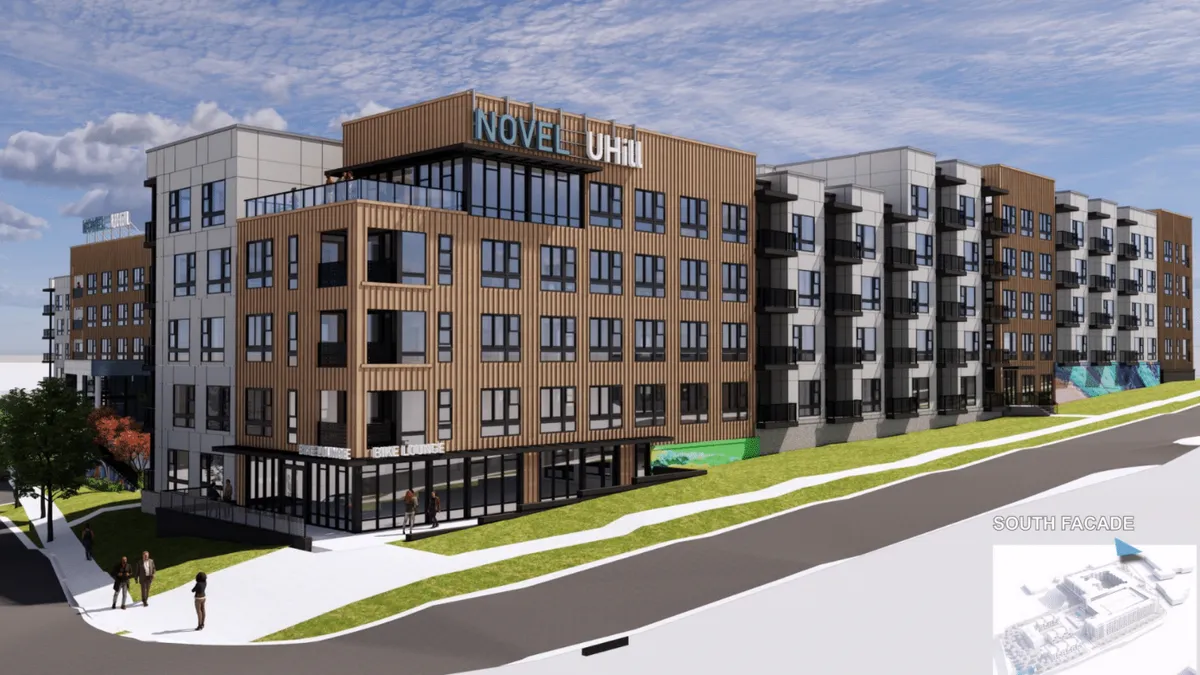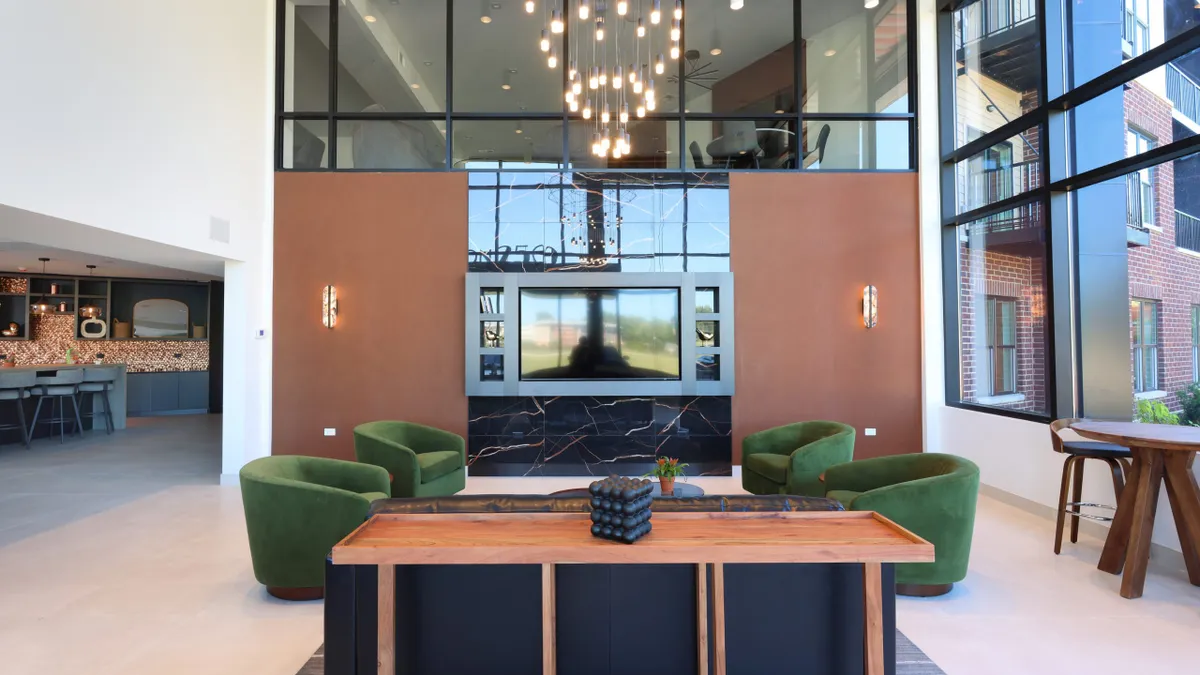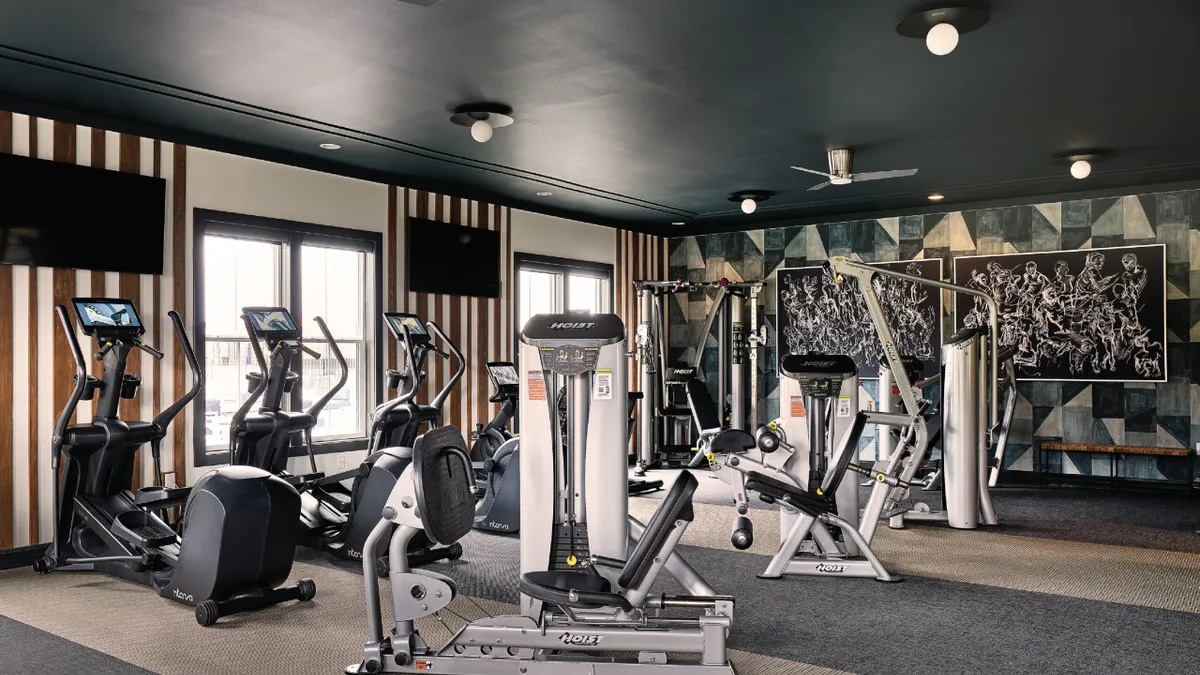Joe Pettipas is principal and global service director for interiors at global design, engineering and management consulting firm Arcadis. He is based in Toronto. Opinions are the author’s own.
2025 promises to be an exciting year for multifamily developments.
Architects and designers are increasingly embracing a user-centric approach, prioritizing feedback from residents about their lifestyle preferences, interests and priorities, ideally gathered before the design phase. This feedback provides valuable insights into the preferences of today’s residents.
Common requests often include spaces designed for community building and work, as well as amenities such as fitness facilities, wellness areas and access to outdoor spaces. There has also been a notable rise in demand for pet-friendly areas, including dog parks and pet wash stations, attributed to the rise in pet ownership during and since the COVID-19 pandemic.

In-suite preferences have focused on flexible spaces that can adapt into quiet work areas while also enhancing opportunities for guest accommodations or expanding living spaces.
This input shapes design decisions, resulting in spaces tailored to the unique tastes of target tenants. Among many renter preferences, these trends will stand out this year:
Sustainability’s impact on design
As we enter 2025, sustainability and carbon reduction remain key priorities for tenants and buyers in multifamily developments. Environmental, social and governance goals have become integral to most projects, offering developers a valuable marketing edge and helping differentiate their properties in a competitive market.
As sustainability takes on greater importance for tenants, energy-efficient systems and smart home technologies are becoming standard features in multifamily properties. These advancements include energy-efficient HVAC systems, LED lighting, smart metering and renewable energy sources like solar panels, all designed to reduce energy consumption and minimize carbon footprints. Together, these systems contribute to a more sustainable and environmentally friendly living experience.
At Arcadis, we incorporate sustainable attributes into each project. For instance, the Azure Oceanfront Residences project in Jacksonville Beach, Florida, features automated interior shading systems controlled by sensors, which adjust drapery based on the sun’s position to improve cooling efficiency. A lighting control system was implemented to sense occupancy and follow a dimming schedule, ensuring optimal light levels while conserving energy.
All residential and amenity space equipment at the property exceeded code requirements with Energy Star ratings, including highly efficient plumbing fixtures. Public areas were equipped with air circulation systems featuring HEPA filters to enhance indoor air quality. Architectural materials were PVC- and formaldehyde-free, incorporating at least 30% recycled content from post-industrial or post-consumer sources.
Additionally, furniture for the project was sourced from manufacturers with robust sustainability initiatives, and wood components were procured from FSC-certified suppliers.
Work-from-home amenities
Designing multifamily spaces to accommodate different lifestyles requires creating diverse, flexible and inclusive environments that meet a wide range of resident preferences and needs.
With hybrid work now the norm, the demand for supportive spaces in unit layouts and amenity areas has become an essential design feature in multifamily properties. Amenity spaces that accommodate various work modalities are now considered standard in the market, featuring high-speed internet, ergonomic furniture and soundproofing to enhance productivity.
Personalized areas
Personalization is emerging as a key differentiator in the multifamily market. In 2025, many properties will offer customizable living spaces, enabling residents to tailor their homes to their preferences.
Features like adjustable lighting, smart thermostats and modular furniture that can be reconfigured to meet varying needs will become common. Integrating smart technology in multifamily design, such as digital concierge services, smart home automation and advanced security systems, enhances convenience and connectivity for residents with diverse lifestyle preferences.
Multifamily design will offer more opportunities for residents to personalize their living spaces with customizable features like paint colors, fixtures, flooring options and layout configurations. This empowers residents to create homes that reflect their individual style and preferences.
Additionally, architects and interior designers will design spaces with flexibility in mind, allowing for adjustments even after the spaces are completed.
Color and materiality trends
In 2025, color and material palettes will blend boldness with warmth. Saturated hues like mustard yellow, deep terracotta and vibrant blues will dominate interiors, creating energetic and dynamic spaces.
These colors will be paired with layered textures and intricate patterns to add depth and visual interest. At the same time, warm minimalism will remain a key trend, featuring soft, muted tones to create cozy, inviting environments.
We can also expect to see a blend of materials like rough-hewn wood, sleek metal finishes, plush textiles and tactile elements such as rattan and leather, creating depth and visual contrast in multifamily spaces.
As sustainability continues to be a priority, the use of recycled and eco-friendly materials will increase. Recycled glass countertops, reclaimed wood furniture, and eco-conscious upholstery fabrics will be prominent choices in 2025 design palettes.
Shared spaces
The demand for communal spaces in multifamily developments is growing as residents increasingly seek social interaction and community engagement. Access to outdoor areas, such as terraces, courtyards and green spaces, offers residents a balance between work and relaxation.
Features like outdoor workstations, Wi-Fi connectivity and comfortable seating create inviting environments for remote work or leisure. Wellness-focused amenities, including meditation rooms, fitness centers, yoga studios and spa facilities, cater to residents prioritizing health and self-care, supporting both physical and mental well-being in a work-from-home lifestyle.


